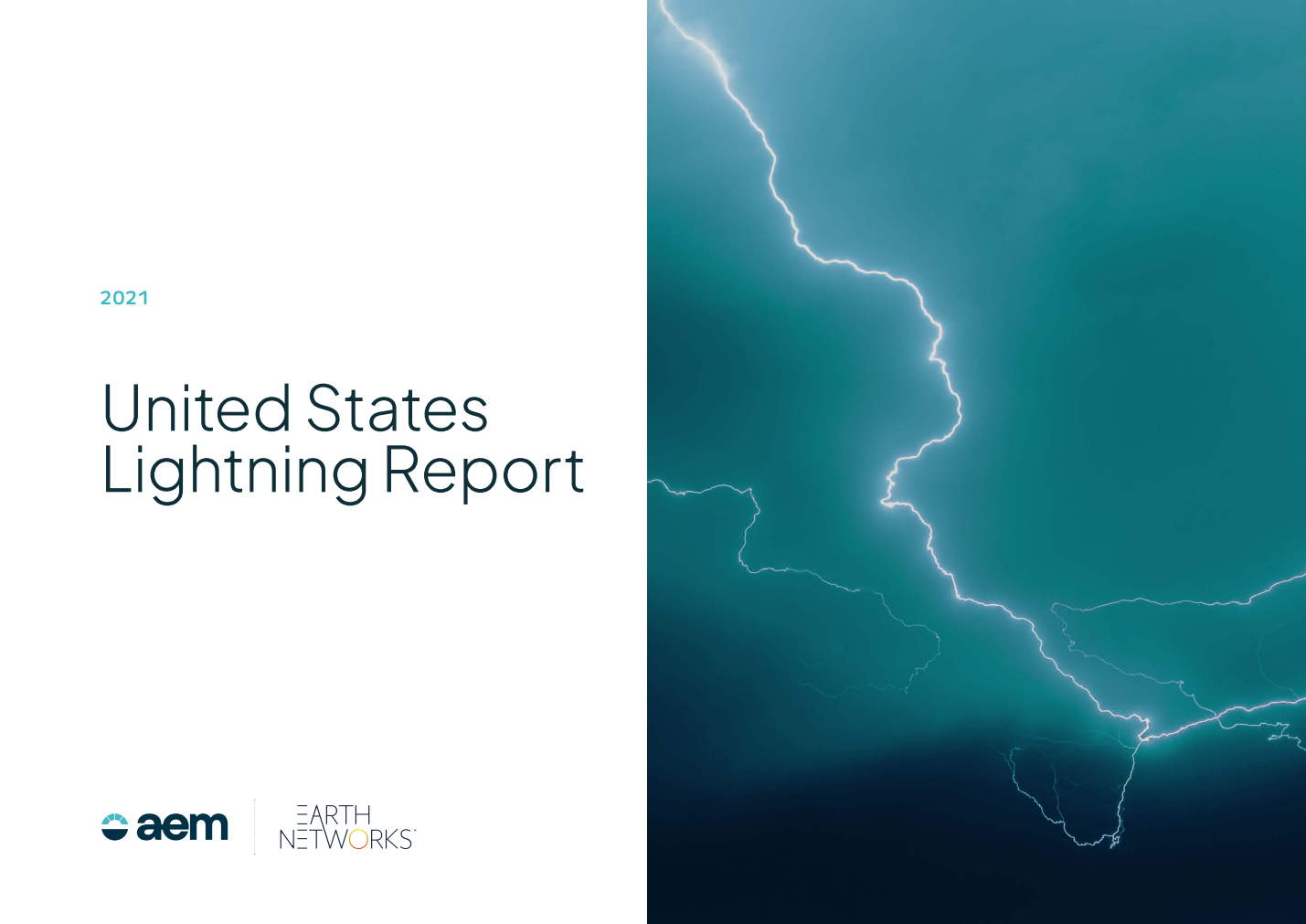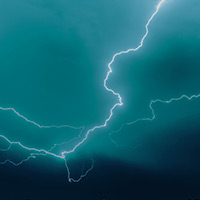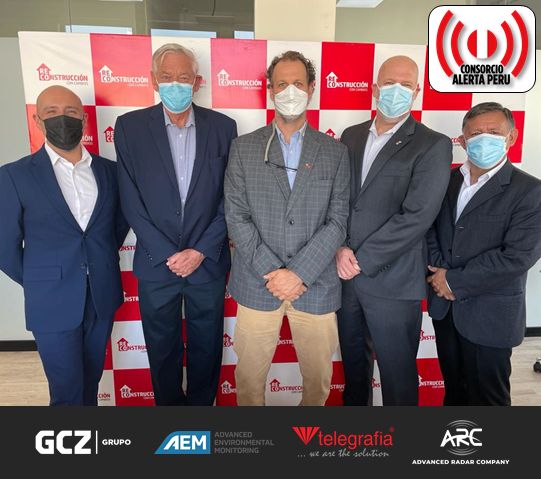Wet Bulb Globe Temperature (WBGT) Expert Corner: Dave Bujak

Dave Bujak leads the WBGT Earth Networks Expert Corner. Dave is the Emergency Manager at the University of Rochester & UR Medicine. He holds a Bachelor of Science degree in Civil Engineering and is a certified Florida Professional Emergency Manager (FPEM). Recently, he spoke during Campus Safety's Heat Stress Prevention webinar.
We sat down with Dave to go over some of the most pressing questions from the webinar and get his expert opinion.
What is Wet Bulb Globe Temperature?
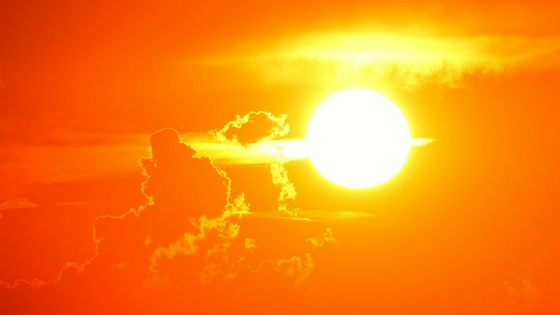
Most people are familiar with Heat Index, the combination of temperature and humidity used to express how heat conditions might feel like. What most people don't know is that Heat Index assumes you are sitting still in the shade. WBGT is the acronym for Wet Bulb Globe Temperature, a system developed by the U.S. Marines at Parris Island to more accurately measure the level of stress applied to a human body hard at work in full direct sunlight.
How Do You Calculate WBGT?
WBGT is a complex formula which takes into account multiple atmospheric variables, including:
- Temperature
- Humidity
- Wind speed
- Sun angle
- Solar radiation and
- Cloud cover
It looks a little something like this: (It's not simple!)
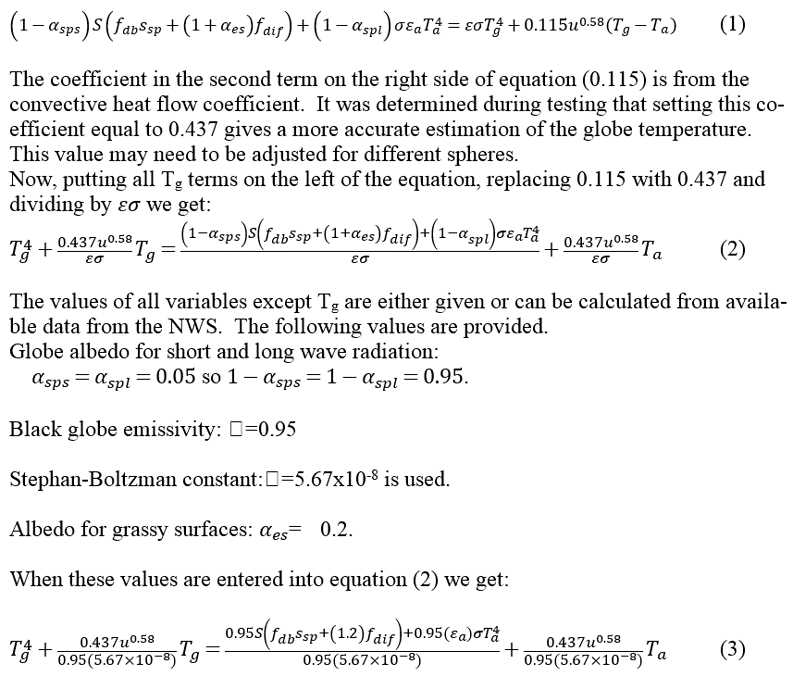
With all these variables, we can more accurately measure the true stress impact on those exerting themselves outdoors, whether they be athletes, roofers, mail carriers, landscapers or military recruits.
Historically, special devices were used in the field to measure real-time conditions by athletic trainers, field meteorologists, and others trained in the proper calculations. Today, comprehensive weather stations such as those manufactured by Earth Networks, can automatically take nearby measurements and report back conditions automatically.
A Heat Stress Warning Flag system correlates with the WBGT value.
- White and green = Tolerable
- Yelllow and read = Possibly dangerous
- Black = Dangerous
Heat Stress values of yellow and red flag warrant precautions and preparation. The worst conditions are black flag conditions. When there is a black flag heat index, individuals should avoid working outside altogether. This is because only 10 minutes under black flag heat stress conditions require a 50-minute break. At that point, it's hardly worth the effort to continue working outdoors.
Can it be Forecast?
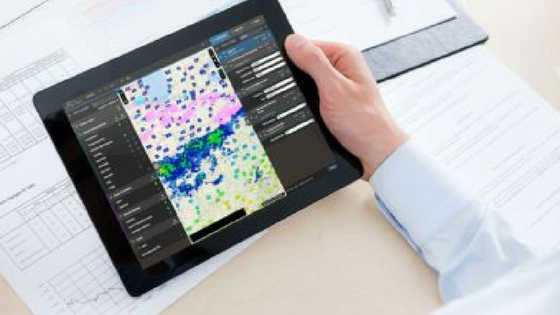
With advances in meteorological forecasting to include variables such as UV index, solar radiation, we can now predict dangerous WBGT conditions hours and days in advance. Precise WBGT constantly move, so they are difficult to predict accurately. This is because conditions like wind or a passing cloud provide some relief.
However, weather forecasts can approximate the worst possible heat stress conditions as white, green, yellow, red or black flag. This allows safety personnel to implement proper precautions such as ensuring adequate hydration and cooling opportunities to possibly rescheduling or canceling outdoor activities completely under the most extreme conditions. Don't think for a moment that a Deep South D-1 College Football team is going to cancel practice on the count of heat stress... they just get up at 5 or 6 a.m. instead!
I Have a Handheld WBGT Device - Why is Using a Solution like Earth Networks WeatherSTEM better?

Simply put, systems such as Earth Networks and WeatherSTEM make measuring WBGT and Heat Stress Flags so much easier. Stop fumbling with handheld field measurements and calculations. These systems do all the measuring and calculations automatically and send you alerts and notifications per your preferences, including:
- Text message
- Phone call
When WBGT conditions exceed or will exceed your parameters, these systems will send out alerts.
What is the Best Practice for Using WBGT Alerts?

Life safety is the ultimate priority for actively monitoring WBGT; to prevent heat-related illnesses. However, those who have actively embraced Heat Stress Monitoring can reap rewards in productivity and efficiency by engaging employees and athletes at optimal times of the day/ For example, if forecast WBGT conditions call for red or black flag conditions, schedule outdoor activities before the sun is at its highest or after it goes down. Simply put, people are more productive at physical labor when they're not fighting off the blaring sun, heat, and humidity.
Heat Stress poses the greatest risk to those who are unaccustomed to the heat. For example, the general public attending an outdoor festival is more susceptible to heat stress than an athlete or outdoor worker. Heat-related illness is more common in the elderly and infants. Event organizers can use Earth Networks and WeatherSTEM products to closely monitor the lower thresholds applied in these cases and ensure:
- Adequate hydration
- Cooling opportunities
- Extra medical staffing, and
- Possible rescheduling or cancellation in the most extreme cases
Learn More at NATA

Earth Networks is attending NATA this year debuting our Heat Stress Prevention solutions. Visitors at the Earth Networks booth will have a chance to win an Apple Watch. Click here to learn more and find out about this giveaway!


